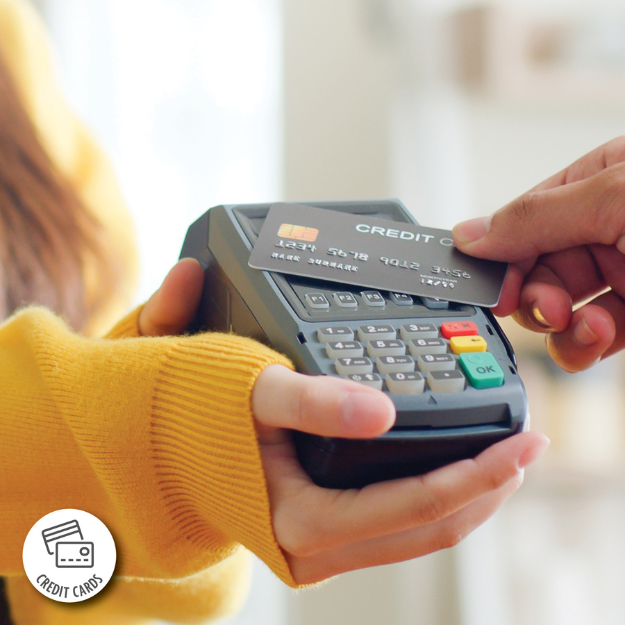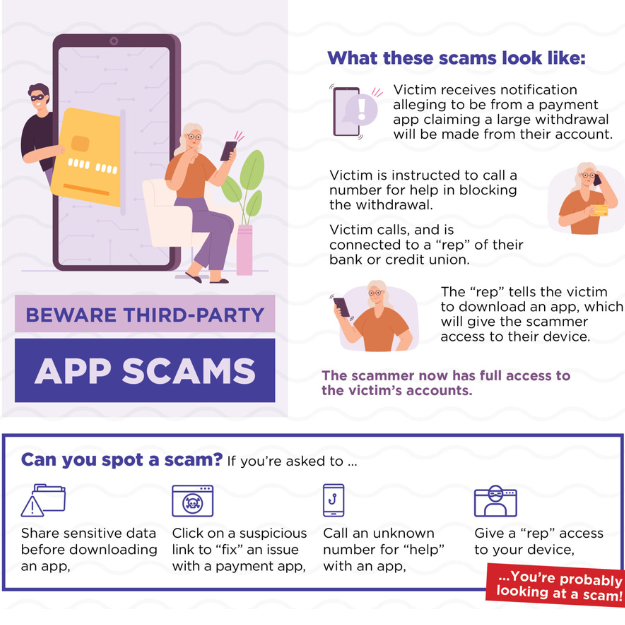Practical Budgeting Made Easy
With the right tools and information, building a budget can be quick and easy. Here’s how to create a simple and practical budget for the time-strapped consumer.
Review your income and expenses
Most budgeting plans recommend tracking income and expenses for three months. If you’re pressed for time, though, you can choose to look at one month and review your spending and income throughout this time. Review your checking account details and credit card statements to see where your money went and what funds came in.
Compare income and expenses
Hold up your two numbers from the previous step and see how they compare. If your income outweighs your expenses, you’re doing great! If it falls short, you’ll need to trim your expenses in the next step or look for ways to boost your income. If the numbers balance each other out, it’s still a good idea to trim expenses to leave some budget wiggle room.
Assign a dollar amount to every expense category
Next, review the ways you spend your money and assign a dollar amount to each category. Include fixed and changing expenses as well as savings contributions.
If you’re pressed for time, you can make your categories more broad. For example, instead of setting a separate number for groceries, work lunches and dining out, you can set a larger number for all monthly food expenses.
If your income does not cover your expenses or just barely covers them, look for ways to trim the fat however possible.
Jot down your dollar allocation on paper, or create a digital version of your budget and upload it to your personal devices for easy access.
Use technology
Harness the power of technology to help you track and manage your expenses well. A budgeting app can make tracking your monthly spending super-easy. You can upload your budget to the app and track expenses throughout the month. The app will let you know how much you’ve spent in each category and warn you when you’re approaching the limit.
Live with your budget
You’re ready to live with a budget! Remember to keep your monthly expense categories in mind as you spend throughout the month.
If you find it too hard to keep track of your spending throughout the month, the money envelope system can make it easier. Simply withdraw cash amounts for each non-discretionary expense category in your budget at the start of the month and only use the money in these envelopes to pay for these costs throughout the month.
Review and adjust
Your budget is up and running! Review your spending plan regularly to see if it’s still working for you and adjust as needed.
Budgeting doesn’t have to take a lot of your time or be overly complicated. Use this guide to learn how to create a practical, easy budget that works.

















